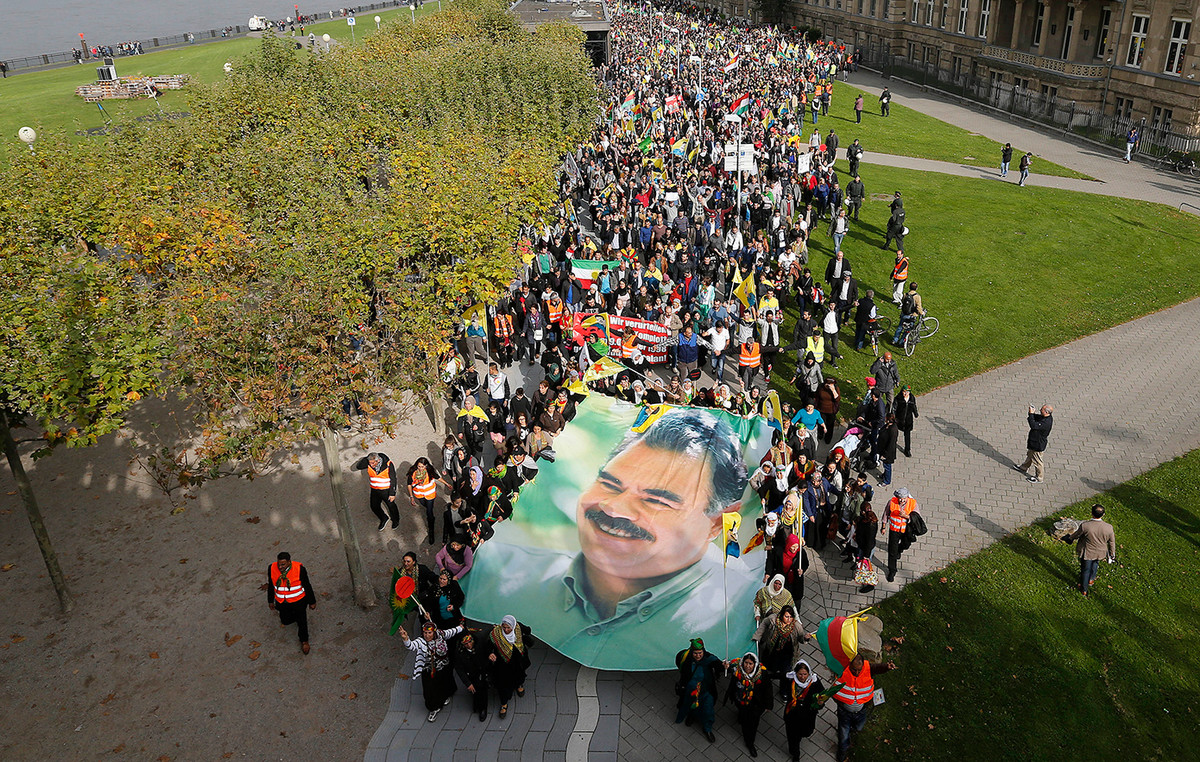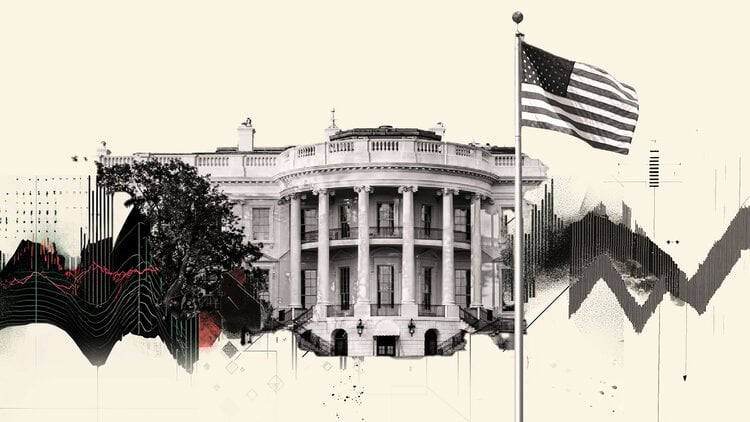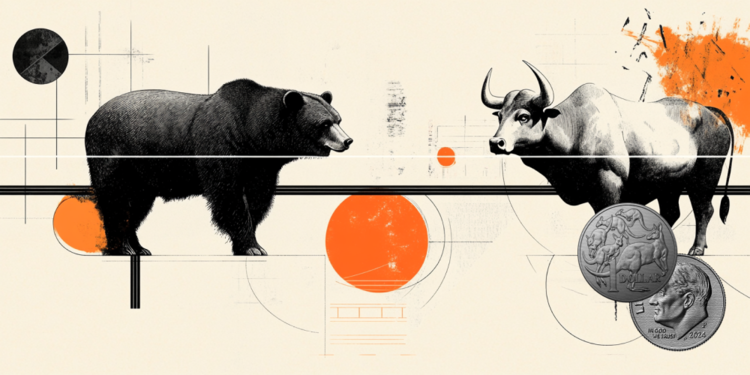The road to Mars is long and full of dangers. One of the challenges is getting humans to the red planet, another is ensuring that, once there, they can live “normally” outside Earth.
To prepare astronauts for an extended stay on Mars, NASA’s latest simulated mission, CHAPEA (Crew Health and Performance Exploration Analog) will isolate four people inside a base in Texas that simulates conditions on Mars. planet. They will live at the base for 378 days – roughly the time a manned mission to Mars would spend on the planet’s surface.
Once on base, the four will adopt a planned schedule of simulated activities and science work, eating like astronauts and dealing with maintenance and equipment failures, all accompanied by grueling psychological and physical tests.
The first simulation (which experts call an analogue) will begin in June and will be followed by two more, each with a different team but living in identical conditions. The last simulation is scheduled for 2026.
“We built a high-fidelity Mars surface mission scenario,” says CHAPEA co-investigator Scott M. Smith.
Participants will experience a 22-minute delay in external communications, as astronauts on Mars would. Ambient noise will be reproduced through speakers around the base, ensuring that no outside sounds can be heard by participants.
According to Smith, the quest for fidelity resulted in a habitat that could actually be built on Mars. Called “Mars Dune Alpha,” the base is a custom design created by Danish-American studio Bjarke Ingels Group and Texas-based 3D printing company ICON.
The base is inside a hangar at the Johnson Space Center in Houston, Texas. Printed in a month, it uses an ICON concrete formula called “lavacreto,” which simulates Martian soil, or regolith, allowing even the building material to be similar to conditions on the red planet.
“NASA has evaluated a huge range of options for building off-world habitats, including salvaging rocket and lander debris, inflatable vehicles, prefabricated buildings and other ideas,” explained ICON CEO Jason Ballard. “NASA believes what we believe: that from a financial, safety and flexibility standpoint, robotic construction using local materials is by far the best option.”
The base’s architectural design includes a working area, living room combined with kitchen, individual bedrooms, bathroom, medical area, communication center, gym, air lock region and “outdoor” area mimicking the Martian surface.
“Separating the living area from the work area was completely intentional,” says Smith. “We did this after finding out what the designers heard from the International Space Station (ISS) crews. When you live in the office, being able to physically separate the areas is very important.”
For more than 12 months, the 157 square meter space will be all CHAPEA’s first crew – consisting of Kelly Haston, Ross Brockwell, Nathan Jones and Alyssa Shannon, a mix of scientists and engineers – will ever see.
Lack of knowledge
NASA is trying to fill what it calls the “strategic knowledge gaps” that make a manned mission to Mars too risky.
Currently, there are four “red risks”, says Smith: “radiation; SANS (spaceflight-associated neuro-ocular syndrome, a swelling of the eyeball that affects most astronauts during long periods in microgravity); crew behavior and performance; and food and nutrition”.
“In my opinion, if we had a vehicle ready on the launch pad to go to Mars today, these risks would be enough to advise against the trip”, he explained.
While the analog cannot test the effects of radiation and reduced gravity (which on Mars is about 38% of that on Earth), assessing human health and performance is CHAPEA’s primary goal. A good part of this analysis involves testing the impacts of a Martian diet over an extended period.
“If you look in the history books, you will see that food and nutrition have made or failed many voyages of exploration. Whether crossing the oceans, Antarctica or the Arctic, those who did not plan their food well did not do well”, compared Smith, who is also manager of nutritional biochemistry at the Johnson Space Center.
It is estimated that a trip to Mars lasts between six and nine months. A manned mission to Mars will send food to the planet before humans travel, which means the food needs to have a long shelf life. “The last meal will be consumed about five years after it is produced”, explained the scientist.
“Imagine the challenge of planning your pantry with the foods that will sustain you for the next five years.”

Inside the habitat, the crew will eat rations similar to those on the ISS, albeit without the chance to choose a portion of their menus, as current astronauts on the station do. Is that, according to Smith, provisions must fly to the red planet before choosing the crew for a mission to Mars. Participants will also grow vegetables using a hydroponic system, which works not only as a nutritional but also a psychological boost, as the CHAPEA scientist added.
The crew will have blood, urine, saliva and faeces tested, behavior monitored and physical performance measured. Body mass and composition, nutritional status, immune system function, cognition and the microbiome will be assessed. “We’re going to look at all the elements of physiology,” Smith said.
Even after the analogue is complete, participants will have full weeks of medical checkups at the Johnson Space Center.
“It takes a lot of dedication to be willing to spend a year with us,” added Smith. “Not everyone was made for such a mission.”
A world of analogues
The Texas mission is neither unprecedented nor unique. All over the world, different analogues are working in different areas. NASA and other space agencies are building a patchwork of all the knowledge that goes into a Mars mission.
Mars analogues come in a variety of shapes and sizes. In the United Arab Emirates, for example, there are ambitious plans for the Mars Science City, a hub of 176,000 square meters with a cost of US$ 136 million (about R$ 671 million) that will be built in the desert on the outskirts of Dubai. Intended as a location for the emirate to develop technology for an eventual Mars mission, it was also designed by Bjarke Ingels Group, with 3D-printed buildings.
On the other end of the investment scale, the Mars Desert Research Station in Utah, USA, is managed by The Mars Society, a non-profit organization. It has been inhabited – very successfully – by several teams of volunteers since the early 2000s. The teams take turns on the site and have simulated a total of seven and a half years of life on Mars over two decades.
Perhaps the most cited analogue today is the Mars-500, a collaboration between the European Space Agency and the Russian Institute for Biomedical Problems. Located in Moscow and operational between 2007 and 2011, it hosted three simulations, culminating in a 520-day mission between 2010 and 2011 inside a Martian habitat. The mission aimed to study the round trip to Mars, including descent and landing on the planet.
The same Russian institute has already collaborated with NASA on SIRIUS (International Scientific Research on a Single Earth Station), a series of isolation and confinement analogues in Moscow that study the dynamics of multicultural crews. Meanwhile, HERA (Human Exploration Research Analogue) conducted six confinement and isolation missions inside a 60 square meter simulated space module.
NASA is also studying Concordia, in Antarctica. The research base is more isolated than the ISS itself and is used as an analogue for the harsh environment of space.
In addition to the growing data coming from ground-based analogues, NASA will also draw on experience from the Artemis program, which aims to put humans back on the moon. The intention is to research areas such as radiation, the “red risk” that may be the worst obstacle on the way to Mars, given its propensity to cause cancer and other physiological and psychological problems.
“In the Artemis program missions, the crew will be exposed to greater radiation, so we can draw some lessons, although these missions are of shorter duration, at least in the initial phases”, detailed the CHAPEA scientist.
Fortunately, crew entering CHAPEA in June won’t have to worry about the potentially deadly radioactive element of a Mars mission. Even so, the data generated by CHAPEA can still be useful – as Smith noted, there is ongoing research into the effect of diet and nutrition on cancer incidence.
“The idea that we can reduce mission risk to zero is very ambitious. But we will do what we can.”
Source: CNN Brasil
Charles Grill is a tech-savvy writer with over 3 years of experience in the field. He writes on a variety of technology-related topics and has a strong focus on the latest advancements in the industry. He is connected with several online news websites and is currently contributing to a technology-focused platform.







